SPECIALTY RAILROAD
Indiana Harbor Belt Railroad: Largest U.S. switch carrier moves 170,000 carloads annually, operating 320 miles of track and the nation’s biggest auto switching yard in Hammond, Indiana.
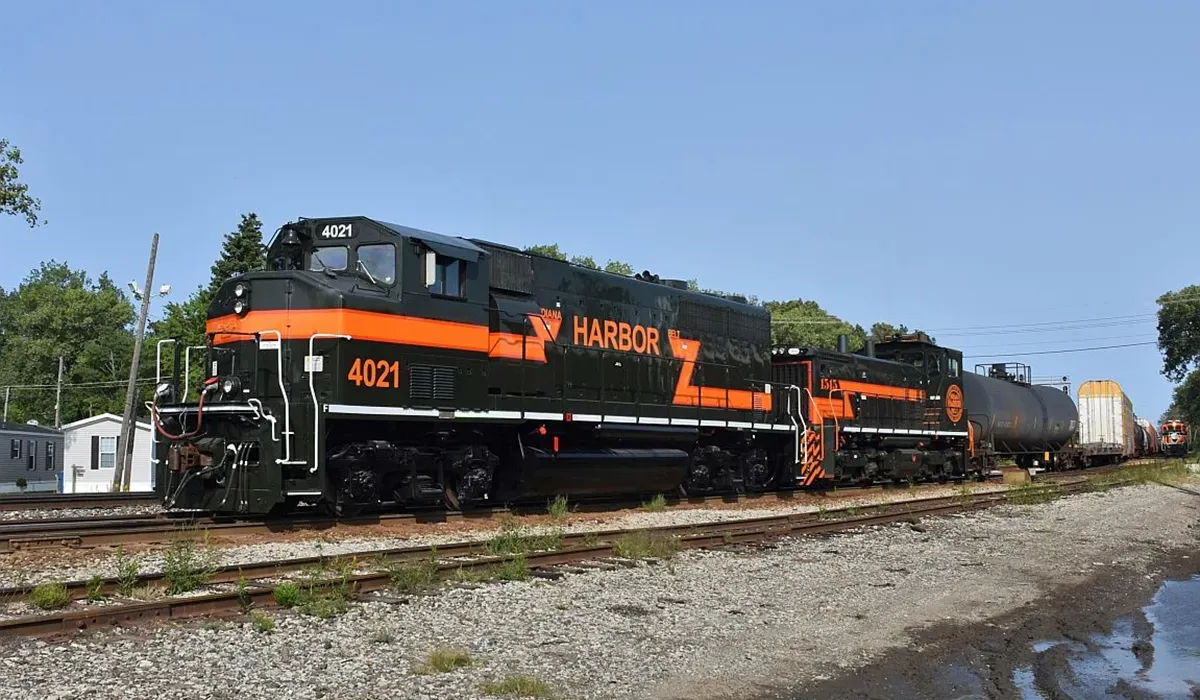

Indiana Harbor Belt Railroad operates one of North America's most extensive specialty freight rail networks, connecting businesses across Illinois and Indiana with safe, efficient, and environmentally responsible transportation solutions. The network includes 54 miles of mainline track, 266 miles of yard and siding track, and serves 160 industries, primarily handling steel, petroleum, chemicals, manufactured goods, and food products..
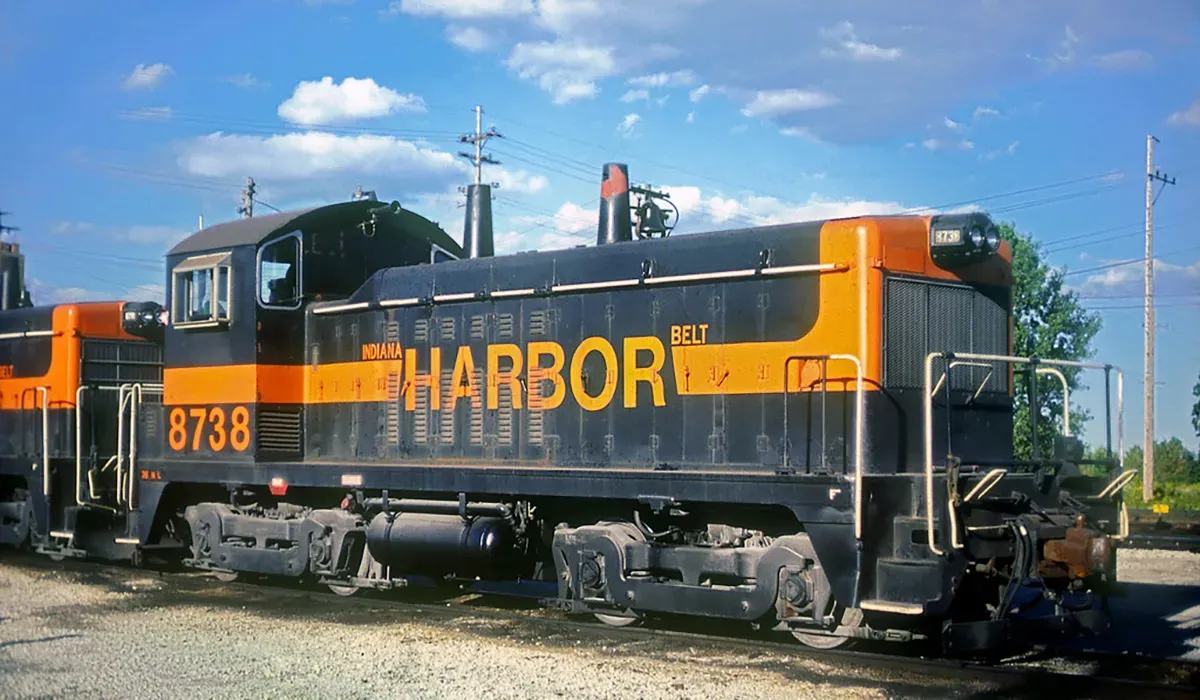
FOUNDING HISTORY & ORGANIZATIONAL STRUCTURE
Founded in 1907, Indiana Harbor Belt Railroad was created from the consolidation of several smaller systems, including the East Chicago Belt Railroad, Chicago, Hammond & Western Railroad, and Terminal Railroad. The original purpose was to provide efficient switching and terminal services around Chicago, and the company has not undergone major mergers since its formation..
HEADQUARTERS & OPERATIONAL BASES
The headquarters of Indiana Harbor Belt Railroad is located at 2721 161st Street, Hammond, Indiana. This facility serves as the central hub for administrative functions, dispatching, and operational oversight, supporting the railroad’s extensive switching and terminal activities..
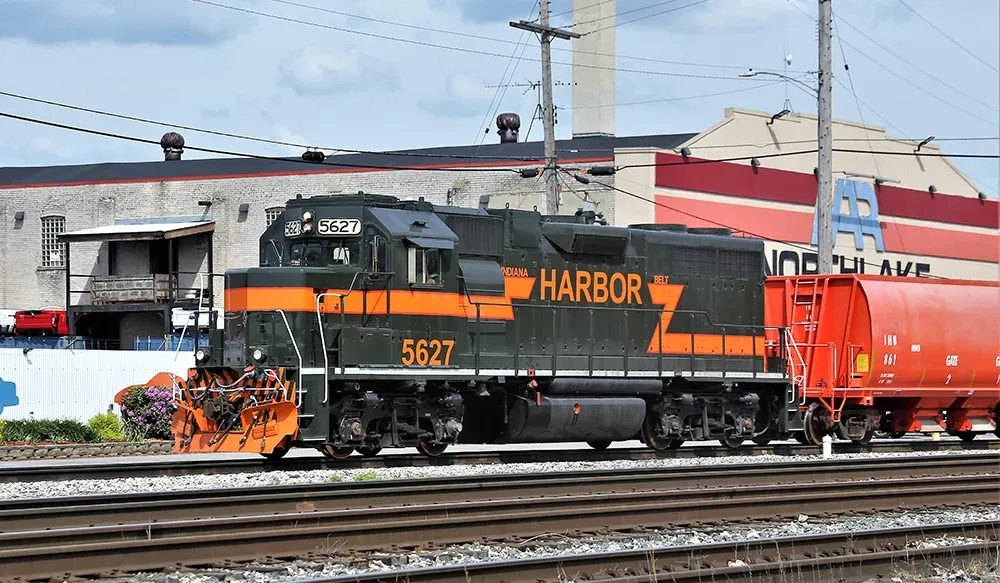
LEADERSHIP & EMPLOYEES
Michael Nicoletti serves as President of Indiana Harbor Belt Railroad. The executive team includes a Chief Operating Officer, Chief Financial Officer, and Vice Presidents overseeing operations, safety, and customer service, each bringing decades of experience in railroad management and logistics.
Indiana Harbor Belt Railroad employs approximately 600 people, with about 450 being skilled craftspeople, maintenance workers, and service teams. The workforce is predominantly unionized, and the company emphasizes safety and operational training across all departments.
FACILITIES & OPERATIONS
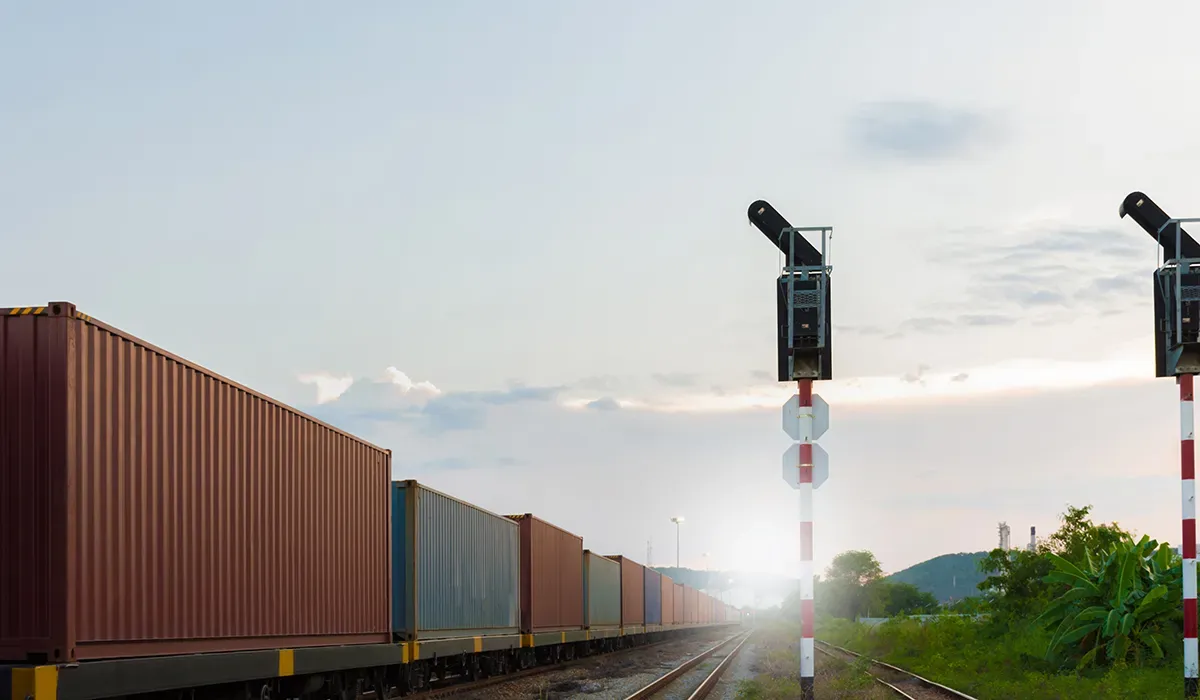
Major facilities include the Blue Island Yard in Riverdale, Illinois, which is an automatic switching hump yard with 44 classification tracks, and Gibson Yard in Hammond, Indiana, recognized as the largest automobile traffic switching operation in the United States. Other key yards and terminals are located in Burnham, Calumet City, Alsip, Argo, LaGrange, Rose, Norpaul, Whiting, Michigan Avenue, and Lakefront, spanning both Illinois and Indiana.
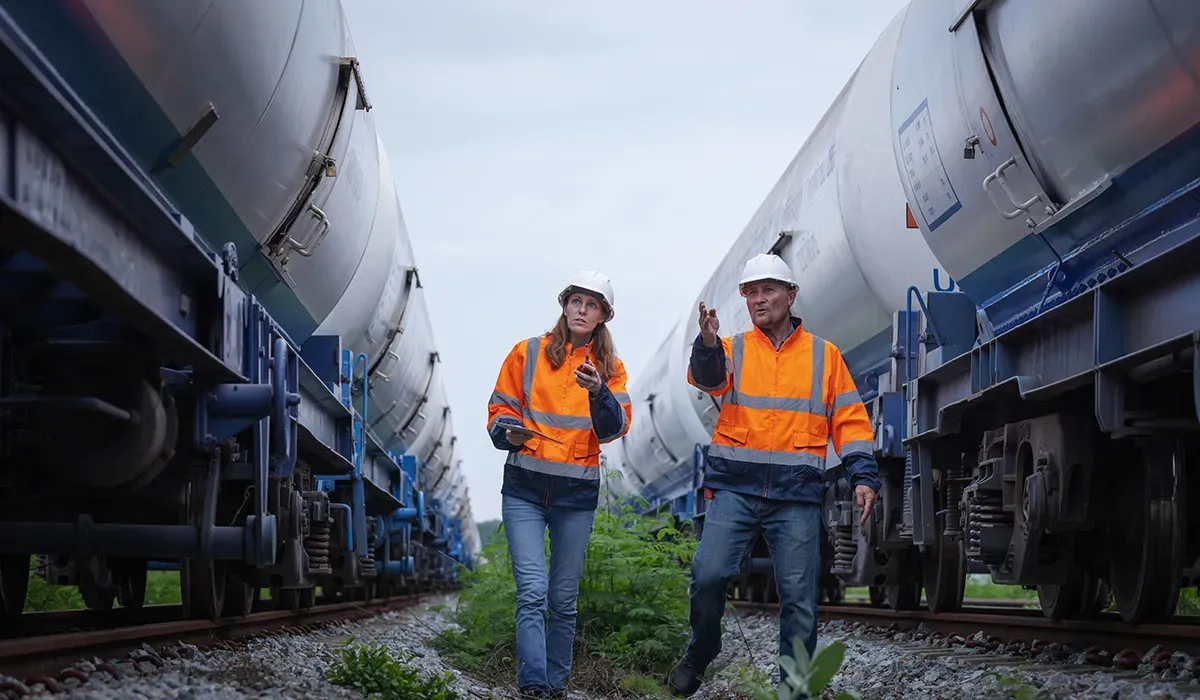
Indiana Harbor Belt Railroad maintains compliance with all Federal Railroad Administration safety regulations and has received recognition for its safety performance. The company adheres to industry standards for environmental management and operational safety, though specific ISO certifications are not publicly listed.
EQUIPMENT & INFRASTRUCTURE
The railroad handles a wide variety of freight cars, including intermodal containers, boxcars, tank cars, and specialized automotive railcars. Its intermodal operations support both full container load and less than container load shipments, with capacities tailored to steel, automotive, and bulk commodities.
Indiana Harbor Belt Railroad utilizes advanced technology platforms for real-time tracking, dispatch, and customer service. The company employs RailSync for information exchange, offers a customer portal for shipment visibility, and integrates with partner systems through electronic data interchange and APIs.
The geographic scope of Indiana Harbor Belt Railroad covers the greater Chicago metropolitan area, extending from Franklin Park, Illinois, to Hammond, Indiana, and eastward to Burns Harbor and Portage, Indiana. The network totals 320 miles of track, including mainline, double-track, and extensive yard trackage, and serves as a critical connector for freight moving through the Midwest.
Strategic partnerships include major Class I railroads such as Union Pacific, BNSF, CSX, Norfolk Southern, Canadian National, and Canadian Pacific Kansas City, as well as numerous regional and shortline carriers. The railroad also collaborates with leading logistics companies and shipping lines to facilitate seamless freight transfers.
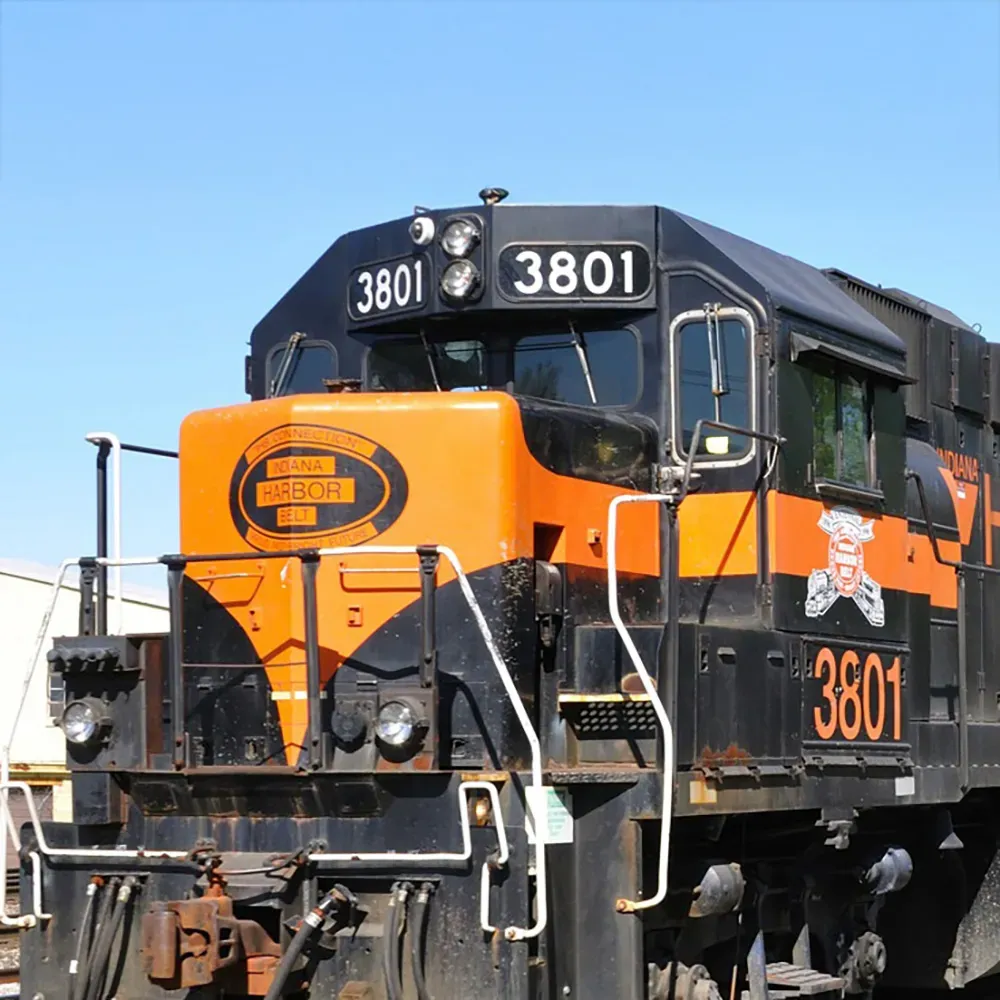
FINANCIAL METRICS & STABILITY
In 2024, Indiana Harbor Belt Railroad reported a pre-tax profit of $38 million on revenues of $210 million. The company’s operating ratio improved to 78 percent, reflecting enhanced operational efficiency.
Recent capital investments include $25 million in yard automation and track upgrades in 2023, as well as the acquisition of new locomotives and rolling stock to support growth in automotive and steel traffic.
SERVICE PORTFOLIO

Indiana Harbor Belt Railroad offers a range of logistics services, including full container load and less than container load shipments. Additional services include industrial switching, transloading, warehousing, and customized logistics solutions for steel, automotive, and chemical shippers. The company also provides cargo insurance and trade compliance consulting to support customer supply chains.

Indiana Harbor Belt Railroad has launched a new customer portal to enhance self-service capabilities and improve day-to-day activities for its clients. Additionally, the company offers an API Center to facilitate seamless integration with customer systems, supporting real-time shipment tracking and electronic billing.
INDUSTRY REPUTATION & NEWS
Indiana Harbor Belt Railroad is actively working to enhance operational efficiency and service quality. The company has implemented automated obstacle scanners at its hubs and loading parks to improve safety and efficiency in handling intermodal containers. Recent upgrades to the Blue Island and Gibson yards have further increased capacity and reduced dwell times.
Indiana Harbor Belt Railroad’s Site Certification Program has identified optimal rail-served sites and conducts in-depth reviews to ensure readiness for development. This program aims to minimize development risks for customers and enhance supply chain efficiency.
ANALYSIS & FUTURE OUTLOOK